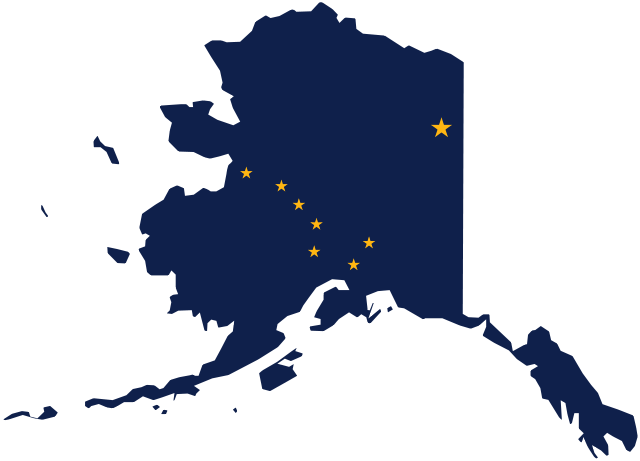 The Alaska Retirement Management Board, the entity that manages investments for the state’s largest pension plans, is looking to shift money out of its REIT portfolio into private real estate investments. The Board has its eye on medial officer buildings.
The Alaska Retirement Management Board, the entity that manages investments for the state’s largest pension plans, is looking to shift money out of its REIT portfolio into private real estate investments. The Board has its eye on medial officer buildings.
From IPE Real Estate:
Steve Sikes, state investment officer, said the fund is yet to decide how much capital will be moved from REITs.
“REITs are viewed as a potential funding source for private real estate investments because we are at the high end of the target range for public real estate securities in the portfolio,” he said.
Alaska’s REIT portfolio accounts for 21.1% of its total real estate portfolio. As of June, the REIT portfolio – valued at $322m (€254m) – returned 12.95%, against the FTSE NAREIT All Equity REITs Index of 13.02%.
The fund’s investment staff will explore new private investments in medical office buildings, value-added and opportunistic funds, as well as participating mortgage investments – which would be a new strategy for Alaska.
“Up to now we have not invested in this strategy,” said Sikes. “It offers the potential for higher returns with an attractive income component.”
The LaSalle Medical Office Fund II, which is now being wound down, has given the Alaska an insight into the sector that it believes offers good income.
“Value-add/opportunistic and participating mortgage investments are categories of real estate investments that may create attractive returns,” said Sikes.
Alaska could invest additional capital through core separate account managers – depending on the sale of non-strategic assets at attractive prices. Sikes said he could not predict the amount of property it would sell.
The pension fund is looking to increase its exposure to core markets with high barriers to entry.
The Alaska Retirement Management Board manages $26 billion in assets for five of the state’s retirement plans, including the Public Employees’ Retirement System and the Teachers’ Retirement System.